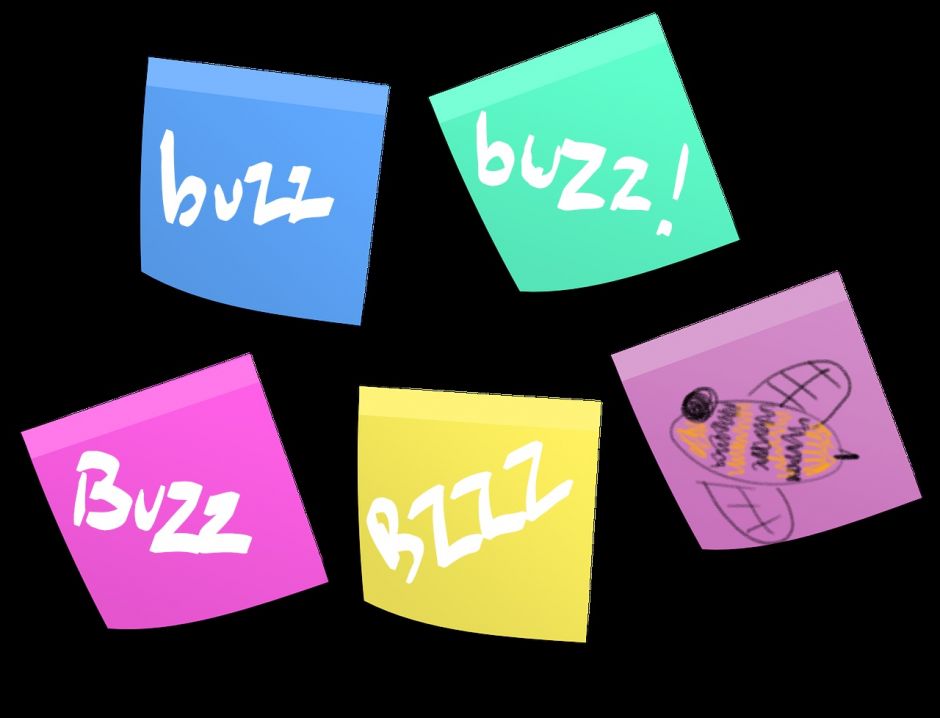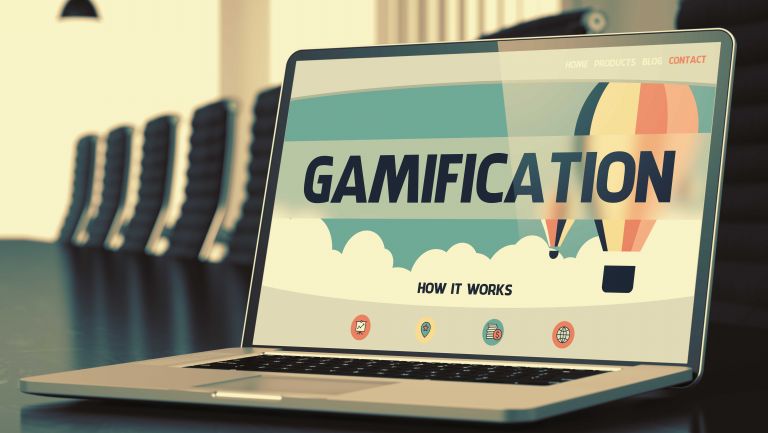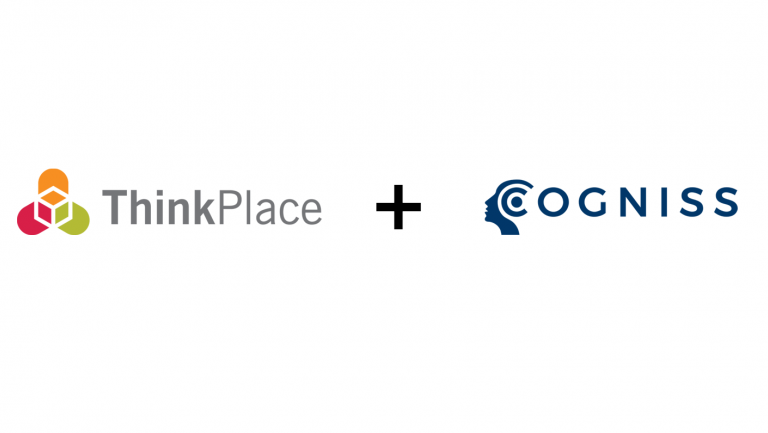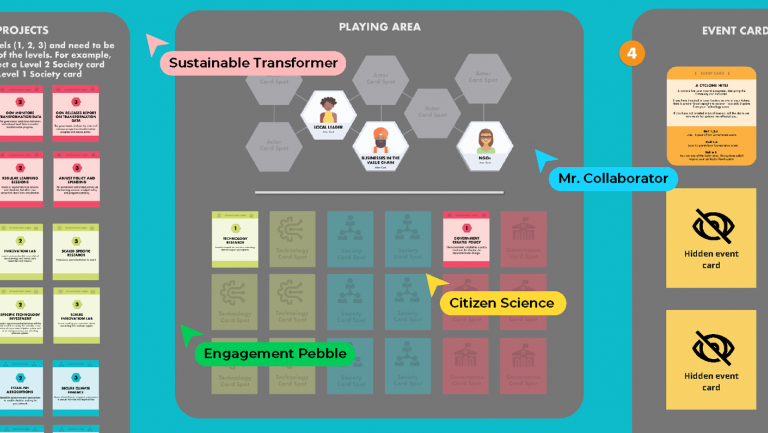Sign up for our monthly newsletter

Is co-design more than just a buzzword?
Maybe we should just blame Harvard.
In the mid 1940s, students at the Ivy League business school hit upon a new way of thinking about their coursework. Catchy words or phrases that seemed to recur in their lectures and reading were noted down, to be later redeployed. The more they did this, the better their results trended.
In a piece of nomenclature that inevitably spread across the world they called them “buzzwords”.
Fast forward 60 years or so. It’s 2004 at, you guessed it, Harvard University when C. K. Prahalad and Venkat Ramaswamy publish their book, The Future of Competition: Co-Creating Unique Value with Customers, through Harvard Business Press. It draws on a Scandinavian tradition and throws forward to a new kind of participatory process for designing policy. Many see it as the birth of what is now known as co-design.
It’s an idea that has been gaining steam ever since, in government and elsewhere. But now a flare has gone up. Researchers at Melbourne University recently observed that there was so little common understanding or agreement about what co-design means that “it risks becoming a meaningless buzzword.”
And they are absolutely right.
But, of course, there’s a lot more to it than that.
Empty words and fads help nobody. If any client is wanting co-design simply for the sake of it then they are unlikely to get a good result. And results, after all, are what really matters.
However you arrive at it, the critical thing is the outcome. At ThinkPlace we talk about it in terms of the impact. We are in the business of delivering impact.
Real impact is the key
But if there is uncertainty around what co-design means in the broader world of service design there is none within the walls of our studios.
If we think of design as comprising three distinct stages: Explore (why is this needed? What problem does it address?), innovate (what new thinking do we need to deploy to come up with solutions) and evaluate (how do we test those prototype solutions and get input from the right people?) then design can happen at different points on a spectrum.
The main question as a designer is how often, and at what points, you engage others.
Some approaches ask people what they want and then go away to try and deliver it. Some circle back to the client or the potential user for testing at the end. Some run consultation processes for the general public or affected stakeholders when – for the most part – a design has already been arrived at.
There is nothing necessarily wrong with these approaches but they are not what we’d call co-design. And they aren’t what we strive for.
With co-design (or maybe we should call it collaborative design) you explore, innovate and evaluate together. Then you do it again. And again. Until you have a prototype that works.
And as a designer you are engaged with your design partners throughout the entire process.
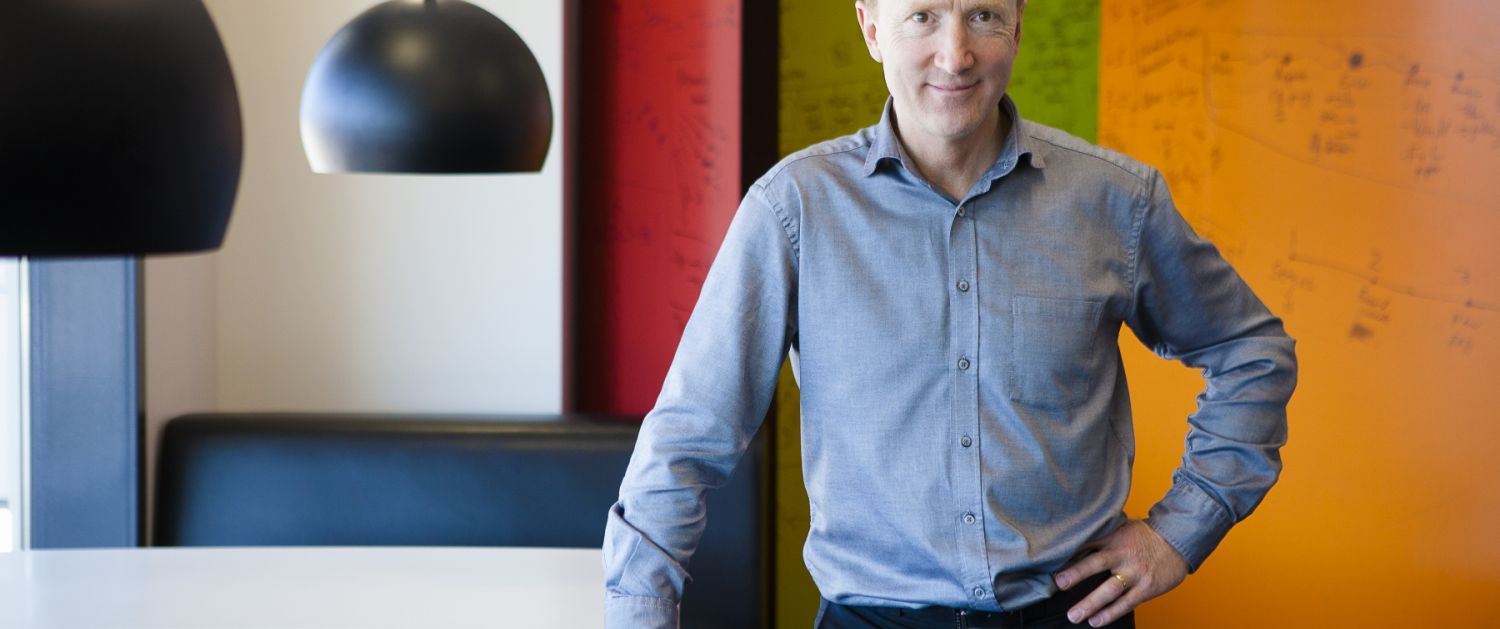
The Four Voices
Co-design does not just mean you and your client designing together. It relates to all of the people who need to be part of creating something new.
At ThinkPlace we use a model of four voices for each project. There’s the voice of intent (who is pushing for this change? Who has the power to deliver it?). Then there’s the voice of expertise (who has the technical know-how about this hospital system, or information technology challenge or whatever).
The voice that often gets left out by government comes next: the voice of experience (who will use or navigate this system? How will it impact their lives?)
On their own these voices become a cacophony. An argument, even. That’s why we need the fourth voice: the voice of design. A ThinkPlace designer’s job is to broker those voices in a constructive way. To go through a dialectic process that leads to a synthesis. And then to do it again and again until a final product is arrived at with broad understanding and buy-in from all.
It takes plenty of courage. Not long ago, we worked with the Department of Environment and Energy on a new regulatory framework. When you invite more people in, it can create nervousness. Why should a huge mining company be part of designing a regulatory framework it will have to comply with, for example?
In this instance we had a core design team of 12 people and a broader group of around 100. We had engagement across the process from miners, farming groups, environmental advocates, regulators and peak bodies as well as from individuals who would be affected.
And it worked. In just about every case like this that I’ve ever seen the fear of letting a fox designing the henhouse is not realised. By widening the circle you get a much better result.
Another project where we’ve seen this work powerfully is the family safety innovation hub we helped design with the ACT Government. In this case our design partners were not just the government, or even the peak bodies who will use the space.
We also made sure our design process involved Aboriginal and Torres Strait Islander women and families, culturally and linguistically diverse women and families, LGBT+ community members, women with a disability and young men with lived experience of violence in their family. And co-designing is about more than just asking them what they want.
How would they use such a space? What barriers might prevent them doing so?
The premise behind this approach was simple: If we can understand and overcome barriers for these groups, our response will make services more accessible, responsive and effective for all. The product will be better.
At its heart, co-design is about working together. It’s about recognising that when we address complex problems that involve multiple actors and motivations across government, the private sector and the broader population it’s incredibly unlikely that any one person, or single viewpoint, will have the answer.
But is there a rigorous and proven methodology at the heart of what we do? A methodology that has been developed over time, with theoretical underpinings and thousands of hours of practical development?
Yes.
And is it a methodology that client after client tells us produces results that are so much better than what they’d hoped for?
Absolutely.
The efficacy of co-design depends on the quality of the designer but also the willingness of the client to throw themselves into a process of openness, experimentation and iteration.
We have the opportunity every day to work with leaders throughout the world who are striving to make positive change. It is a privilege to have the opportunity to work with such courageous and purpose driven people using collaborative design. Or whatever term we end up choosing to call it.
